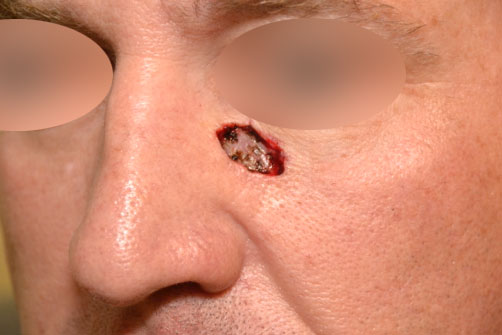- Folded Ear in Newborns: Treatment Options - April 11, 2018
- Newborn Ear Deformity: What Can Be Done? - April 11, 2018
- Ear Molding: An Overview - November 2, 2017
- Otoplasty for Protruding Ears - September 26, 2017
- Basal Cell Carcinoma: Facial Reconstruction Timing - September 26, 2017
- Clinical Considerations of Mohs Reconstruction of Cheek Defect - September 26, 2017
- Basal Cell Carcinoma: Nasal Bridge Reconstruction - September 26, 2017
- Skin Cancers Involving the Eyebrow: Clinical Considerations - October 3, 2016
- Treatment of Multiple Skin Cancer Lesions - June 1, 2016
- Skin Cancer: Nasal Reconstruction and Scar Management - June 1, 2016
- India Medical Mission 2018 - November 1, 2018
- Sleep Disorders: Sleep Apnea and Upper Stimulation Therapy - August 25, 2015
- The Naked Vocalist Podcast Featuring Dr. Reena Gupta - May 27, 2015
- New Therapy for Sleep Apnea – First Sleep Pacemaker placed in California at Osborne Head and Neck Institute. - December 12, 2014
- Boxer’s Ear: Can your ear explode? - December 12, 2014
- Nose Picking (Rhinotillexis) and Septal Perforations: Why I should stop picking my nose…? - November 24, 2014
- Deviated Septum and Septal Perforation - July 28, 2014
- Hereditary Hemorrhagic Telangiectasia: Nasal Septal Perforation Repair - June 25, 2014
- Dr. Mantle recognized at the Beverly Hills Medical Science Academy Awards - May 8, 2014
- Commonly Misdiagnosed Pathologies: Arteriovenous Malformations - April 9, 2014
When should reconstruction of the face occur after Mohs surgery?
Basal cell carcinoma is one of the most common cancers worldwide. Due to the chronic sun exposure of the head and neck region, the great majority of basal cell cancers occur within this area. Diagnosis of skin cancer is typically done through a primary care office or a dermatologist. Biopsies are initially done in order to confirm the diagnosis of skin cancer. Resection of the tumor in the majority of the cases is curative and no further treatment is needed. Resection can be done at the primary care office or dermatologist office. Occasionally, Mohs micrographic surgery is needed to ensure that the tumor is removed completely.
However, due to the visibility of the facial region, treatment of skin cancers that occur in these areas require a special cosmetic approach. Excision and reconstruction of facial skin cancers can result in visible scars. These scars can in turn become an unwanted and anxiety provoking reminder to patients. Once scarring has occurred, it is possible to undergo scar revision procedures and other laser procedures to improve their appearance, however, the best solution is to try to prevent that scar from occurring in the first place. One way to ensure cosmetically pleasing result is to have the defect reconstructed by a board-certified plastic or facial plastic surgeon. Many patients are unaware that dermatologist Mohs surgeons are not plastic or facial plastic surgeons.
Patients are also unaware that they have a choice as to who reconstructs their facial defect. Often the dermatologist or the Mohs surgeon can remove the cancer and clear the margins and the patient can have their defect reconstructed by a plastic surgeon or a facial plastic surgeon the same day or even a few days later.
If you are having skin cancer removed from your face, you can request a plastic or facial plastic surgeon of your choice to close the defect in order to achieve a better cosmetic result.





